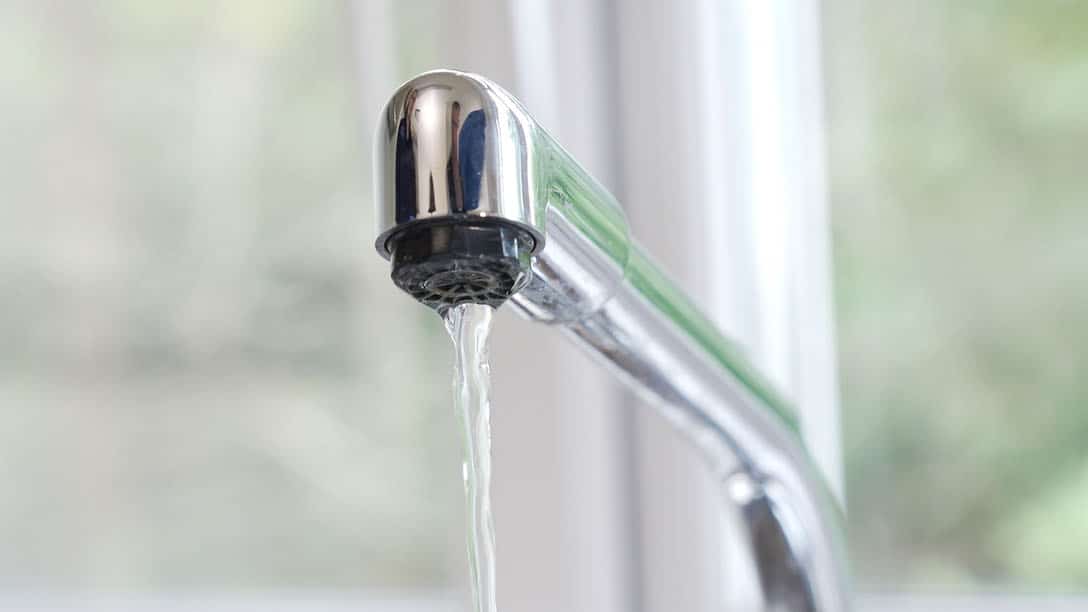
Residents in parts of Portadown and Lurgan are having taste and odour issues with their water.
NI Water has confirmed that this is related to increased algae levels in Lough Neagh which contain naturally occurring compounds that may cause an unpleasant taste and smell even after going through our robust treatment process.
They said this is not harmful to health and you can continue to use your water. Storing tap water in the fridge before use may improve the taste and smell.
NI Water’s Head of drinking water and regulation, Dymphna Gallagher, said: “Our Water Treatment Works have robust nine stage cleaning systems, with different filtering systems and additions of chemicals at different times.
“The Water Treatment Works (WTWs) that abstract water from Lough Neagh are designed for the removal of algae that may be present in the raw water.
“The compounds that are causing the taste and odour issues are called MIB and Geosmin. These are naturally occurring compounds that we know are not harmful to health.
“We are working hard to reduce the impact of these compounds as they move through our water supply system and can assure our customers we will continue this work throughout the weekend and over the coming week. In the meantime, if customers can store water in a jug in the fridge it will help reduce the taste and odour of the water.”
On a daily basis, NI Water monitor its raw water intakes from all sources, at its treatment works and at customer taps to ensure that drinking water supplied meets strict quality standards.
NI Water has a robust testing and sampling system which sees over 120,000 samples lifted and analysed each year. Sampling and analysis are carried out 365 days per year. Samples are taken from customer homes, reservoirs and treatment plants.
Drinking water supplied from the water treatment works, which use Lough Neagh as their raw water sources, are designed with the potential for algae to be present and robust treatment processes are in place to manage this effectively.
NI Water increase the frequency of algae monitoring over the summer months when the risk for algae in the raw water would generally be higher.






